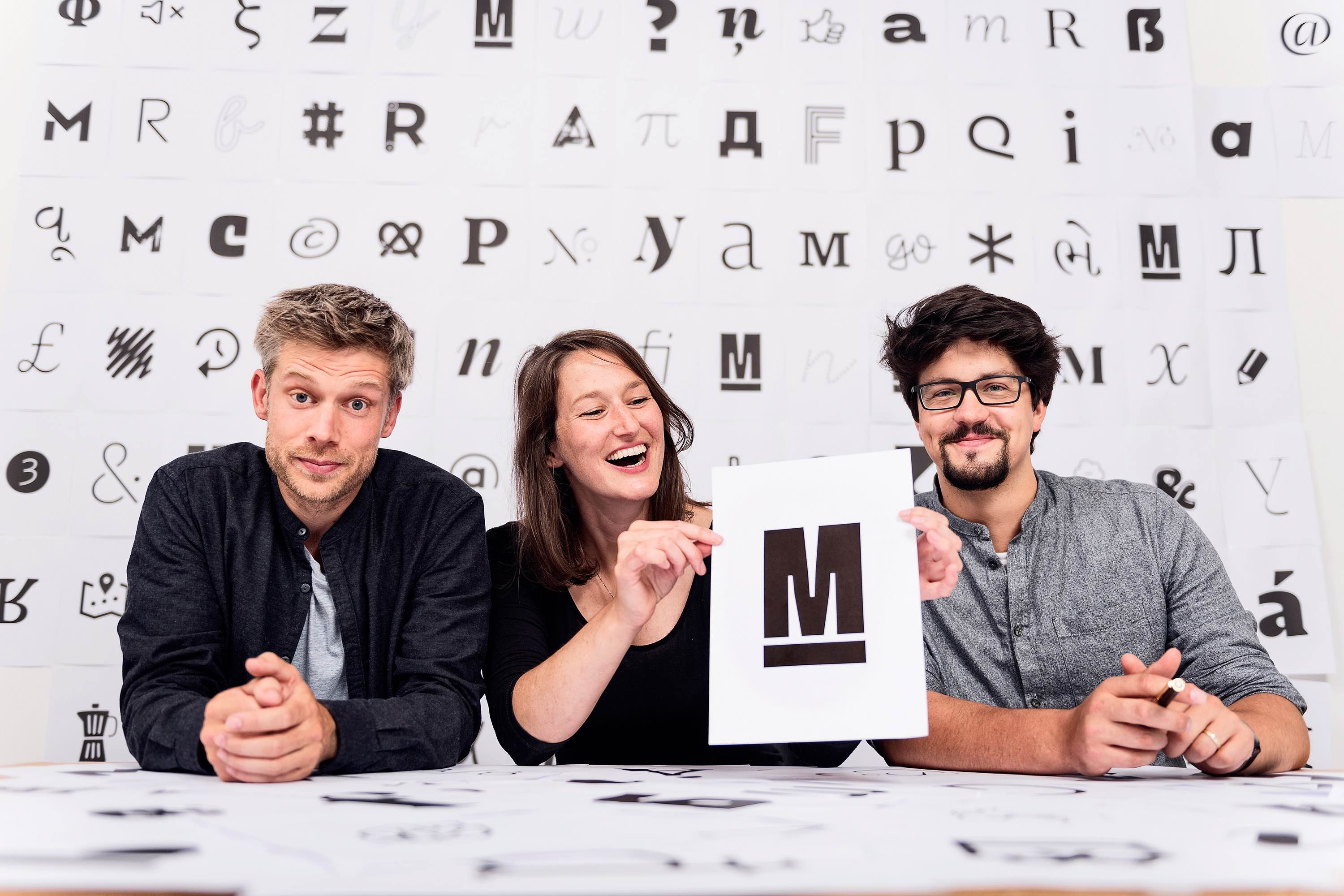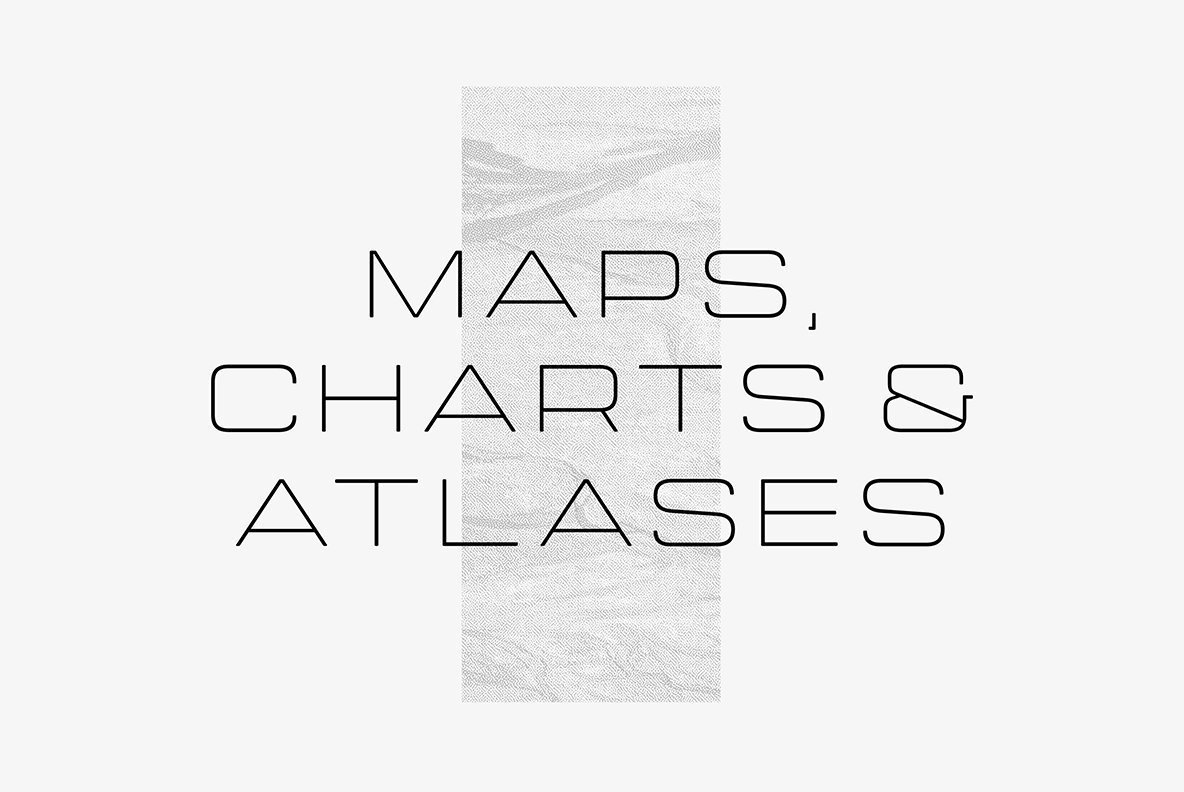Based in Utah, Connary Fagen is a multidisciplinary creator skilled in graphic design, typography, art direction, branding, identity, motion graphics, illustration, and UI and web design. His work has been licensed by notable entities that include Coachella, MTV, IBM, the New York Philharmonic, Animal Planet, and many, many more.
Connary’s extensive background in all things visual gives him a unique insight into the needs of graphic designers around the world. In fact, that’s how he got into typography in the first place. When he couldn’t find the exact font he needed for a project, he solved the problem by making type designs that would suit his needs. Over time and after he refined his typography skill sets, he began releasing his work into the retail marketplace.
Connary has enjoyed a great deal of success in the field, a trend which shows no signs of stopping. We spoke with him recently to learn a bit more about his own workflow and to gain some additional insight about what it means to work as a typographer in our modern world.
After sketching characters on paper, Connary works on a couple of older Mac machines that aren’t connected to the internet. This enables him to focus intently on his work without distractions from email, messages, or social media. If he needs to get himself into the zone and he knows he’ll be working for a long stretch of time, he might decide to settle in on the office couch with his MacBook Pro, instead.
“I use Glyphs for all of my type production and test in Adobe Illustrator, but I occasionally mess around with other software to mix up my routine and try solving problems in new ways,” Connary said. After the design process is complete, he turns to Adobe Illustrator and Photoshop to craft the sample images he’ll upload to YouWorkForThem.
“Dealing with the differences between Macintosh and Windows font rendering can be tricky, but it’s getting better with time,” Connary observed. He told us that Microsoft Office is the toughest software to get fonts to behave in and that it usually requires a custom cut to get it exactly right.
There are several things Connary loves about working in the field of typography. He enjoys meeting and working with new people, and this includes clients and his fellow type designers. Typography also allows him to work on his own terms, being productive during the hours that suit his own schedule and enabling him to be present for his daughter. Connary also enjoys the artistic freedom involved; he creates new typefaces based on what he thinks will be useful to not only his own client projects but to the graphic design industry as a whole.
That said, as anyone who works for themselves will understand, the work only gets done if one actually sits down to do it. “Since everything is self-initiated, it’s on my shoulders to move anything forward,” Connary told us. Sometimes, a new typeface might take a little while to find its audience. “If typeface sales slow down for a few weeks, I need to bridge the gap (new type designs, client work, diamond heists – you know).”
Having worked in the font industry for some time now, Connary has an interesting idea for how to make it better. “It could be useful to have tools, services, or even live human beings help connect end users to typefaces that are a good fit for their projects,” he said. “A font sommelier!” He’d love to see the industry move away from the idea that font bundles are where it’s at, and toward a mindset where more people are purchasing an individual typeface with purpose and intent. “Doing so will ultimately better serve the customer and help them avoid wasted time and frustration,” he added.
Connary also feels that more education about font licensing would be helpful. Particularly when you look at the number of non-professional folks who are working on their own design projects, licensing is a formidable subject but one that needs to be addressed nonetheless. “The more we can streamline licensing, the better,” Connary said.
Like all of us, Connary has witnessed recent advances in font technology, including the emergence of OpenType-SVG and variable fonts. He feels that there is plenty of opportunity for new possibilities that we haven’t thought of yet, but he remains hesitant to jump on the bandwagon just yet. “I’m not putting too much time into color or variable fonts quite yet,” he told us. “I want to stay focused on the core of good type design. Doing so makes sure I’m not leaving out people using software that might not support the latest tech.”
Connary noted that he’s worked with clients who needed their files in old formats due to the long-lasting industrial equipment they employ.
“I feel that it’s important to offer compatibility as far back as possible, so it’s unlikely I’ll design a typeface that’s so dependent on new technology that it can’t scale backwards gracefully,” Connary said.
“The biggest technological jump in my work has been using Glyphs,” he observed. Connary finds it to be an excellent design tool and notes that its implementation of Bézier curves is the best in the industry. “It’s perfect for precise and beautiful drawing, especially when paired with Yanone’s Speed Punk,” he added. “I even use it for non-type projects like logos and illustration. I realize this sounds like an infomercial, but I love it and I keep coming back to it.”
Connary feels there is always room for progress where support is concerned in mobile and web technology, but he observed that web fonts have come a long way. WOFF2, in particular, is great because it’s become widely supported and it uses less data than other formats, he told us.
Connary does have some advice to new and would-be typographers who want to pursue typography as a career, although it is shaded by his own experience and suggest they take it with a grain of salt. “I would recommend dipping your toes in the industry and building up a slow, steady burn. Give yourself at least several months to produce your first typeface,” Connary advised.
He also told us that there are aspects of running a foundry that don’t necessarily present themselves in the beginning. It’s more involved than just making a font and setting up shop. Connary said there are unforeseen challenges that include technical and legal concerns that any new typographer will need to learn.
Still, it’s well worth the effort for those who really do want to be involved in the field. “Type design is a fulfilling career, but it’s also a niche that rewards patience and humility,” Connary said.
Connary Fagen currently offers 22 products through YouWorkForThem. His work has found a place in our Top Ten Fonts lists for several years running and we always look forward to his new work. Visit his portfolio to check out the rest of his type designs and trust us – you’ll want to bookmark it so you won’t miss out on his future releases!

























